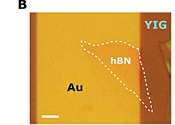Solar orbiter takes a mind-boggling video of the sun
You've seen the sun, but you've never seen the sun like this. This single frame from a video captured by ESA's Solar Orbiter mission shows the sun looking very fluffy! You can see feathery, hair-like structures made of plasma ...









